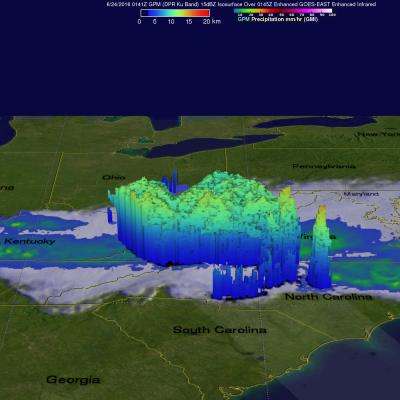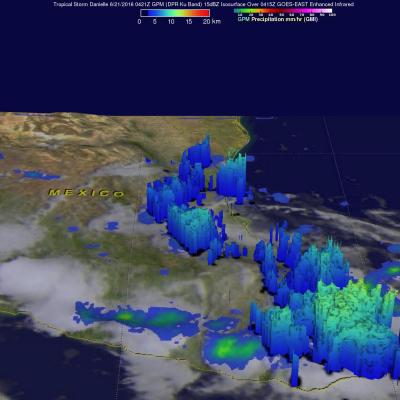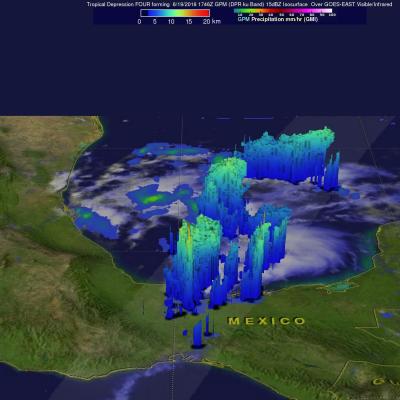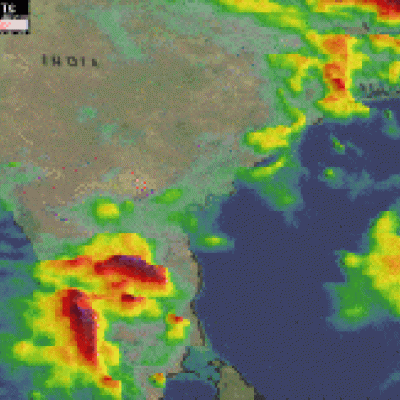Slow-moving Frontal System Triggers Storms, Flooding Across Ohio Valley
A slow-moving frontal boundary draped across the central US from the Central Plains across the Middle Mississippi and Ohio Valleys and into the Mid-Atlantic region has been providing the focus for numerous showers and thunderstorms the past few days while an associated East-West oriented, upper-level jet stream located near the front has helped to organize and strengthen the storms. This has lead to severe weather and flooding across the region. The latest episode began when thunderstorms formed and organized into a line across northern Illinois and southern Lake Michigan on the evening of





